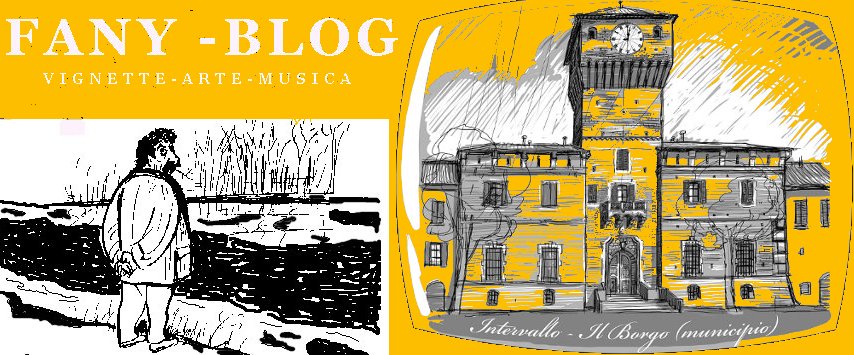 |
| The latest edition of Cartoons for the Classroom features two cartoons which use dying “Arab Spring” flowers to comment on the killing the U.S. Ambassador Christopher Stevens and three other Americans in an attack on the U.S. consulate in Libya. The attackers were part of a mob blaming America for a film they said insulted the Prophet Mohammad. The cartoon above is by Chris Weyant, who draws political cartoons for The Hill, and is also a cartoonist for The New Yorker. |
13/9/2012
La terra di mezzo
Piangere Chris Stevens significa riconoscersi nella porzione di umanità che abita la terra di mezzo. Quella striscia di civiltà che le perturbazioni dei fanatici rendono ogni giorno più sottile. E’ attraversata dai ponti su cui passeggia chi non si crogiola nell’ascolto ossessivo delle proprie ragioni, ma ha ancora voglia di comprendere quelle degli altri. Chris Stevens era un ambasciatore americano, portatore di interessi di parte. Ma sapeva l’arabo, ne aveva studiato i libri e le persone. In Libia aveva appoggiato la ribellione a Gheddafi, però non era un guerrafondaio né un nemico sprezzante. Basta guardare il video in cui si presenta alle popolazioni locali col ciuffo sbarazzino di un liceale e lo sguardo assorto di chi vuole servire a qualcosa e non solo a qualcuno.
I fanatici hanno un sesto senso nello scegliersi le vittime. Non se la prendono mai coi fanatici della trincea opposta, verso i quali nutrono anzi una sorta di macabro rispetto. Si accaniscono sugli abitanti della terra di mezzo. Sui Tarantelli, sui Biagi, sui Casalegno. Il loro nemico non è il finanziere senza scrupoli, ma il sindacalista che cerca di firmare un accordo. Non il pastore americano che brucia il Corano, ma l’ambasciatore che il Corano lo aveva letto e apprezzato. Ai fanatici la vita appare come un contrasto violento che non ammette le mezze tinte. Mentre la vita è proprio questo, un impasto di mezze tinte. Ed è l’incrocio fra i contrasti il nucleo della sua magia. Piangere Chris Stevens significa continuare a credere che la terra di mezzo sia il luogo più pericoloso del mondo, ma anche l’unico vivibile.
Massimo Gramellini
Nota : la vignetta Araba Sprung è di Chris Weyant (draws political cartoons for The Hill, and is also a cartoonist for The New Yorker by The Cagle Post)
The flower is a popular metaphor among cartoonists for the so-called Arab Spring, the name given to the revolutionary wave of demonstrations and protests occurring in the Arab world that began on 18 December 2010. On this level the cartoon is easy enough to understand: the extremist weed is choking the flower of revolution, while the fallen petal symbolizes the death of Ambassador Stevens. However, the title of the cartoon 'Arab Sprung' is less obvious. In fact, it's a play on 'Arab Spring' and the past participle of the verb 'to spring', which is 'sprung' (spring, sprang, sprung). The cartoonist seems to be saying that the Arab Spring is over.

Nessun commento:
Posta un commento